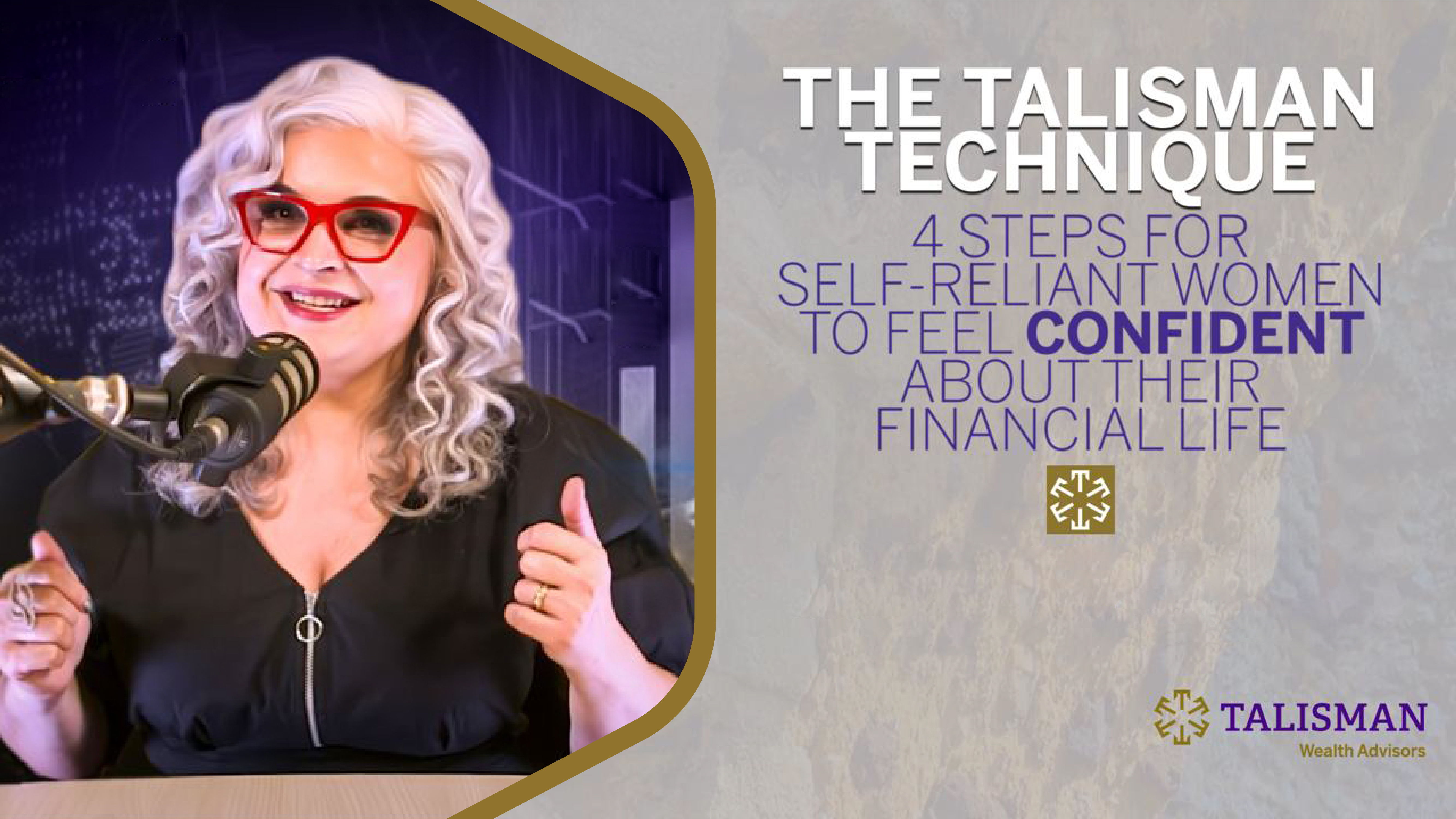Are you looking to support women-owned businesses? Understanding the qualifications for a woman-owned business is essential, as it allows you to make informed decisions about the companies you support. In this article, we will delve into the requirements that make a business qualified as woman-owned, equipping you with the knowledge to make empowered choices.
To be certified as woman-owned, businesses must meet certain criteria. This includes having at least 51% ownership by women, who must also control the daily management and strategic decision-making. Additionally, the business must be independently owned and operated, and the woman owner must be a U.S. citizen or legally authorized to work in the U.S.
Supporting woman-owned businesses not only contributes to gender equality but also fosters economic growth and diversity. By making conscious choices, you can help create opportunities for female entrepreneurs and contribute to a more inclusive business ecosystem.
Stay tuned as we break down the requirements for a business to be qualified as woman-owned and provide insights into the benefits of supporting these enterprises. Let's empower women and businesses together!
Definition of a woman-owned business
A woman-owned business is one that is at least 51% owned and controlled by one or more women. Ownership can be either directly or indirectly through a trust or other legal entity. It is important to note that the woman owner must have the power to make strategic decisions and manage the daily operations of the business. This control is a key factor in determining whether a business qualifies as woman-owned.
Recognizing the importance of gender equality and diversity in the business world, many organizations and governments have developed certification programs to identify and support woman-owned businesses. These programs play a crucial role in empowering female entrepreneurs and creating opportunities for growth and success.
Importance of recognizing and supporting woman-owned businesses
Supporting woman-owned businesses goes beyond simply promoting gender equality. It also has significant economic benefits. Studies have shown that companies with diverse leadership teams tend to outperform their competitors, both financially and in terms of innovation. By supporting woman-owned businesses, you are contributing to a more inclusive and dynamic business ecosystem.
Furthermore, investing in women entrepreneurs has a multiplier effect on the economy. Women are more likely to invest in their families and communities, thereby driving economic growth and development. By supporting woman-owned businesses, you are not only empowering individual entrepreneurs but also contributing to the overall prosperity of society.
Benefits of being certified as a woman-owned business
Certification as a woman-owned business offers a range of benefits. Firstly, it provides credibility and visibility in the marketplace. Many government agencies and corporations have supplier diversity programs that prioritize working with certified woman-owned businesses. This opens up opportunities for contracts, partnerships, and procurement.
Secondly, certification allows woman-owned businesses to access resources and networks specifically designed to support their growth. These resources may include mentoring programs, training workshops, and access to capital. Being part of a community of like-minded entrepreneurs can also provide valuable support and collaboration opportunities.
Lastly, certification as a woman-owned business can enhance your brand reputation. Many consumers actively seek to support businesses that align with their values, including gender equality. By proudly displaying your certification, you can attract a loyal customer base that recognizes and appreciates your commitment to diversity and inclusion.
Qualifications for woman-owned business certification
To be eligible for woman-owned business certification, there are specific criteria that must be met. First and foremost, at least 51% of the business must be owned and controlled by one or more women. Ownership can be through common or preferred stock, voting interests, or other forms of equity.
In addition to ownership, the woman owner(s) must be actively involved in the daily management and decision-making processes of the business. This means having the authority to make strategic decisions and being responsible for the overall direction of the company.
Furthermore, the business must be independently owned and operated. This means it cannot be a subsidiary or controlled by another company. The woman owner(s) must have the final say in all major decisions and have the ability to operate the business without undue influence from others.
Lastly, the woman owner(s) must be a U.S. citizen or legally authorized to work in the U.S. This requirement ensures that certification is reserved for businesses that contribute to the American economy and workforce.
Steps to become certified as a woman-owned business
The process of becoming certified as a woman-owned business may vary depending on the certification program or organization you choose to work with. However, there are some general steps that most certification processes follow.
1. Research: Start by researching different certification programs and organizations that align with your business goals and values. Look for programs that are recognized and respected in your industry or region.
2. Eligibility Check: Review the eligibility requirements of the certification program you are interested in. Ensure that your business meets the ownership and control criteria, as well as any other specific requirements.
3. Gather Documentation: Collect all the necessary documentation to support your certification application. This may include proof of ownership, financial statements, tax returns, and legal documents.
4. Complete Application: Fill out the certification application form, providing accurate and detailed information about your business. Be prepared to answer questions about your ownership structure, management team, and financial performance.
5. Application Review: Once you submit your application, it will go through a review process. This may involve verifying the information provided, conducting site visits, or requesting additional documentation.
6. Decision: After the review process, you will receive a decision on your certification application. If approved, you will receive your certification and be able to take advantage of the benefits and opportunities that come with it.
7. Renewal: Keep in mind that most certifications have an expiration date. It is important to stay informed about renewal requirements and ensure that you maintain your eligibility throughout the certification period.
Resources and organizations supporting woman-owned businesses
There are various resources and organizations dedicated to supporting woman-owned businesses. These organizations provide valuable guidance, mentorship, and networking opportunities to help female entrepreneurs thrive in their respective industries.
One such organization is the National Association of Women Business Owners (NAWBO). NAWBO offers a wide range of resources, including educational programs, networking events, and advocacy initiatives. They also advocate for policies that support women-owned businesses and promote gender equality in entrepreneurship.
Another resource worth exploring is the Women's Business Enterprise National Council (WBENC). WBENC is the largest certifier of women-owned businesses in the U.S. They provide certification, networking opportunities, and access to corporate contracts through their corporate membership program.
Additionally, local and regional chambers of commerce often have programs and initiatives focused on supporting women-owned businesses. These chambers can provide valuable connections and resources tailored to your specific geographic area.
Success stories of woman-owned businesses
Throughout history, there have been numerous success stories of woman-owned businesses that have made a significant impact in their industries. These stories serve as inspiration and remind us of the potential for success that lies within every woman entrepreneur.
One notable success story is that of Sara Blakely, the founder of Spanx. Blakely started her business with a simple idea and a small investment. Today, Spanx is a globally recognized brand that revolutionized the shapewear industry. Blakely's story is a powerful example of how determination, innovation, and perseverance can lead to extraordinary success.
Another inspiring example is Oprah Winfrey, who built an empire through her media company, Harpo Productions. Winfrey's journey from humble beginnings to becoming one of the most influential women in the world showcases the power of vision, resilience, and hard work.
These success stories, along with many others, demonstrate that women have the ability to excel in any industry. By supporting and empowering woman-owned businesses, we contribute to a more equal and prosperous society.
Challenges faced by woman-owned businesses
Despite the progress made in advancing gender equality in the business world, woman-owned businesses still face unique challenges. These challenges can hinder growth and success if not addressed effectively.
One challenge is access to capital. Studies have shown that women entrepreneurs face greater difficulty in securing funding compared to their male counterparts. This can limit their ability to invest in business expansion, research and development, and marketing efforts. Addressing this challenge requires increased access to capital and financial resources specifically tailored to the needs of woman-owned businesses.
Another challenge is overcoming gender biases and stereotypes. Women entrepreneurs often face unconscious biases and preconceived notions about their abilities and leadership potential. Overcoming these biases requires creating a more inclusive and supportive business environment that recognizes and rewards talent and innovation, regardless of gender.
Work-life balance is another challenge commonly faced by women entrepreneurs. Balancing the demands of running a business with personal and family responsibilities can be overwhelming. Organizations and policies that support flexible work arrangements and childcare options can help alleviate this challenge and enable women to thrive in their entrepreneurial endeavors.
How to promote and market your woman-owned business
Promoting and marketing your woman-owned business is essential to attract customers, build brand recognition, and increase sales. Here are some strategies to consider:
1. Emphasize your certification: Highlight your woman-owned business certification in your marketing materials, website, and social media profiles. This will communicate your commitment to diversity and inclusion, attracting customers who value supporting women entrepreneurs.
2. Share your story: People connect with stories. Share your journey as a woman entrepreneur, including the challenges you've overcome and your vision for the future. Authentic storytelling can help create an emotional connection with your target audience.
3. Collaborate with other woman-owned businesses: Partnering with other woman-owned businesses can help expand your reach and tap into new customer segments. Look for opportunities to collaborate on marketing campaigns, events, or product/service offerings.
4. Leverage social media: Social media platforms provide a cost-effective way to reach and engage with your target audience. Develop a strong social media strategy, focusing on platforms that are popular among your target market. Share valuable content, engage with your audience, and leverage influencers to amplify your reach.
5. Participate in events and trade shows: Attend industry-specific events, trade shows, and conferences to showcase your woman-owned business. These events provide networking opportunities and allow you to connect with potential customers and partners.
6. Seek media coverage: Pitch your business to relevant media outlets, both local and national. Share your unique story and position yourself as an expert in your industry. Getting media coverage can significantly boost brand visibility and credibility.
7. Engage in community initiatives: Support local causes and community events that align with your values. This demonstrates your commitment to social responsibility and can create positive associations with your brand.
Conclusion
In conclusion, understanding the requirements for a business to be qualified as woman-owned is essential for making informed decisions about the companies you support. By recognizing and supporting woman-owned businesses, you contribute to gender equality, foster economic growth and diversity, and create opportunities for female entrepreneurs. Whether you are a consumer, business owner, or investor, your choices can make a difference. Let's empower women and businesses together!
Download Our Free Video Course – "The Talisman Technique"
Watch our free mini-course for women who want to stop feeling insecure about their financial future and gain the confidence and clarity that comes from having the right financial plans in place.



